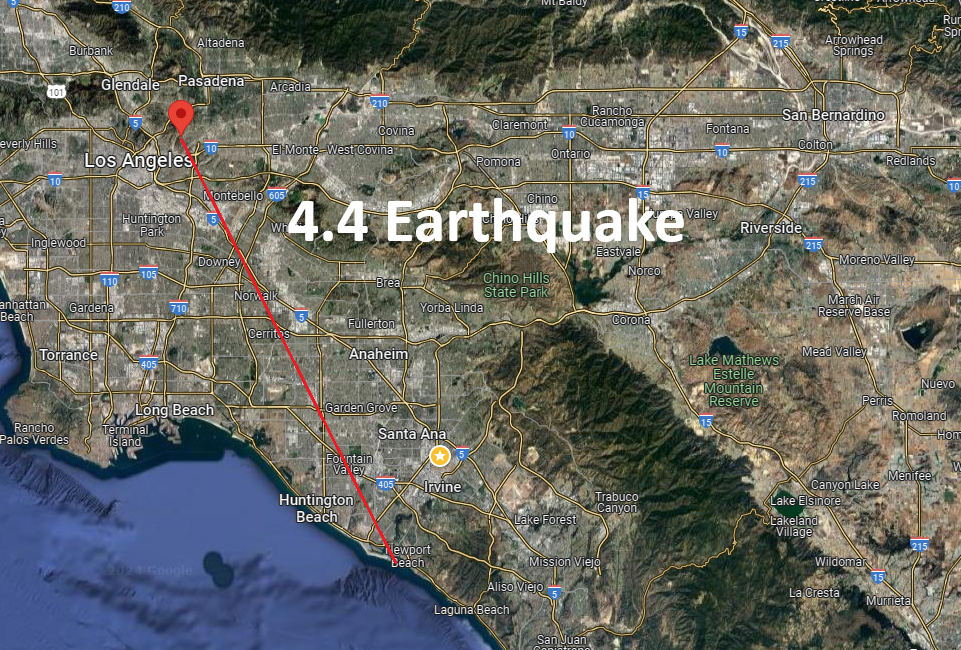NEWPORT BEACH – As a single drop of water in a placid lake makes a ripple, same is true for the Southern California ports. On June 30, 2014 the contract for the International Longshoremen & Warehouse Union and waterfront employees was set to expire. What started off as a typical union contract renewal turned into a event that crippled the supply line for the entire country even to present day.
The twin ports of Long Beach and Los Angeles are responsible for nearly 40% of all the products in the country, and are ranked the biggest ports in the country, by import volume. To say the least, this choked the economy in ways that we will feel for many months and possibly years to come.
Although a tentative labor deal for this major port was announced a shocking 8 months later on February 20th, 2015, a formation of a port-wide chassis pool (moving equipment for shipping containers) was made and in result the ports moved 46% more cargo containers by truck during the first half of March compared with the same period in February, according to PierPass Inc, a company which manages the ports pier congestion.
But is it enough? Take a walk out to the beach and gaze upon endless communities of cargo ships that dot the horizon. The line is so long, barges are now being parked in front of our homes in Newport Beach.
As you may discover after visiting some of your local retailers, local business are getting hit the worst: According a Costa Mesa IKEA department supervisor, they only had 50% of stock on hand and were directing locals to visit stores in LA & San Diego County. Ben from Samy’s Camera in Santa Ana explained, “We normally have a lot more items, its the smaller more popular stuff we are lacking due to the strike.” A Newport Beach bicycle importer who wished to remain anonymous said that he has been waiting on bicycles which have been at-port for nearly three months– many of which were ordered as Christmas presents.
The West Coast port slowdown could reduce fourth quarter GDP by 1%, according to Deutsche Bank’s Joe LaVorgna. In a note, LaVorgna writes that softer exports in November and December amount to an unprecedented annualized decline of -18.3%.
This event shows how susceptible our supply chains are to the will and power of labor unions. The Great Hostess Strike of 2012 was another example of a strike which had national consequences, in that case, bankrupting the famous company.
While the labor agreement may have been reached in February, experts say that restoring normal operations could take over 6 months, due to the backlog.
In short, we’ve got a long way to go, and while we may look to the horizon for a solution, all will find– for now– is a very long line of barges.
 Save Newport Real News in Newport Beach
Save Newport Real News in Newport Beach




